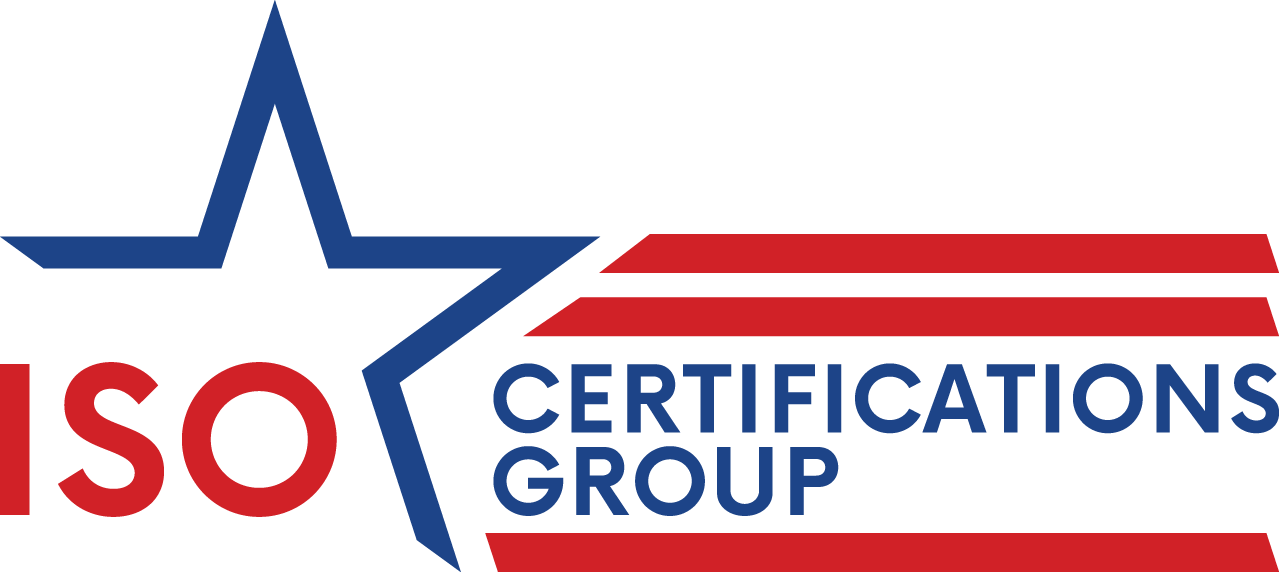ISO 14001 Environmental Management Systems can introduce a variety of benefits for organizations, from reduced waste and energy costs to business growth, and can be easily integrated into existing management systems. If your organization already has or is planning to achieve ISO 9001, ISO 45001, or another management system, it’s possible that you could benefit from integrating ISO 14001. What are the benefits of integration, what strategies can businesses use, and what are some challenges? Let’s dive deeper into these topics.
Benefits of Integrating ISO 14001
Some benefits of integrating ISO 14001 into your Quality Management System, or other management system, include:
- Enhanced Efficiency: Streamlined processes will align across all of your management systems, reducing any duplicate or overlapping costs.
- Better Risk Management: ISO 14001 introduces environmental impact and the assessment of environmental risks that may tie in with quality or safety.
- Improved Credibility & Reputation: Becoming environmentally conscious and demonstrating a commitment to sustainability will enhance your organization’s image and credibility with clients.
Tips & Strategies for Integrating ISO 14001
What are some methods for effectively integrating ISO 14001 with other pre-existing management systems? There are many strategies for doing so. Here’s how you can start:
- Alignment of Framework: If your organization has already implemented a management system, you already have policies, processes, documents, auditing systems, and more set in place. By using this pre-existing framework to your advantage, you can update these tools with EMS information or requirements. For example: you will have to update your audits to include environmental management audits and reviews, however you’ll already have the procedures for auditing in place.
- Staff Training: It’s important that employees are cross-trained on multiple management systems for a deeper understanding of implemented practices. Provide training that discusses core elements of maintaining both the Environmental Management System and your other implemented management systems. Engagement across all of your departments is important to ensuring everyone is informed and compliant to relevant standards.
- Analyze Integrated Performance Metrics: Since you’ll already be monitoring performance metrics for an existing management system, try to establish unified performance indicators that reflect objectives from all implemented management systems. Upon analysis, you’ll have a clearer understanding of overall operations and organizational performance. This will also save time, as there will be less of a need for extensive individual data analyses.
Potential Challenges of Integration
Despite ISO 14001 being a bit easier to integrate, there may still be some challenges that get in the way. Examples include:
- Lack of Resources
- Ineffective Leadership
- Resistance to Change
It’s important to emphasize leadership and the commitment of top management when implementing a management system. Strong leadership can facilitate a work environment that is dedicated to quality or sustainability and encourage compliance across every level of the organization. Continuously improving and updating policies or requirements is often necessary to grow as a business, which is a crucial reason to overcome resistance. If you are struggling to integrate ISO 14001 or implement a new management system, consider reaching out to expert consultants. Check out our Resources page for recommendations.
Get Started Today
Organizations that are interested in implementing an ISO 14001 Environmental Management System and integrating it with pre-existing management systems should consider both the benefits and challenges of doing so. For more information on achieving ISO 14001 Certification, contact ISO Certifications Group today and begin your journey.
Sources:
How to integrate ISO 14001 and ISO 9001

